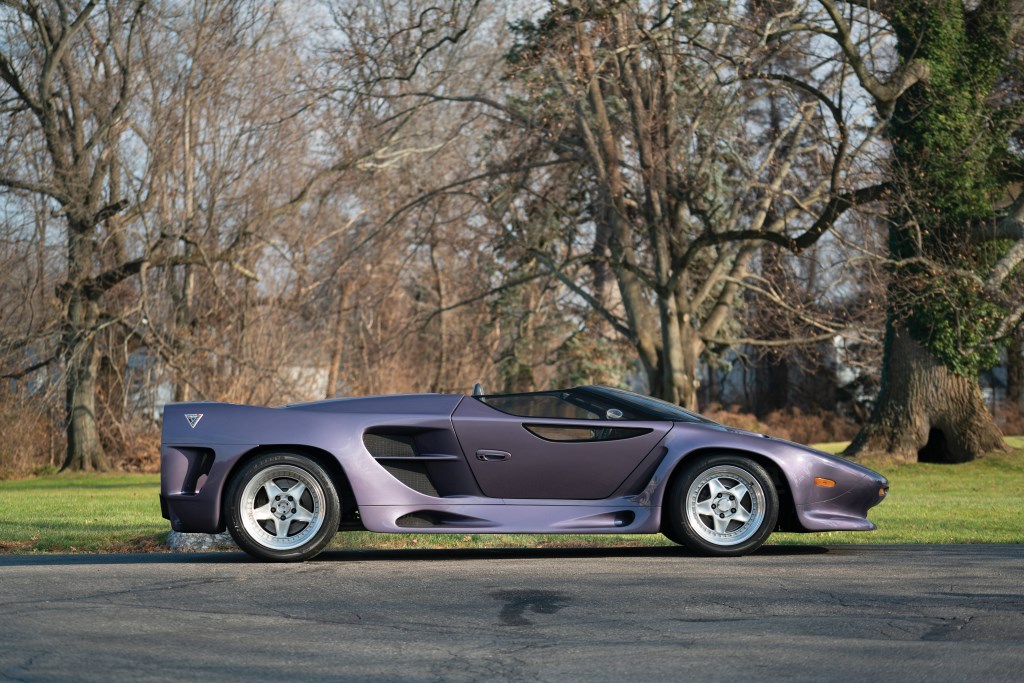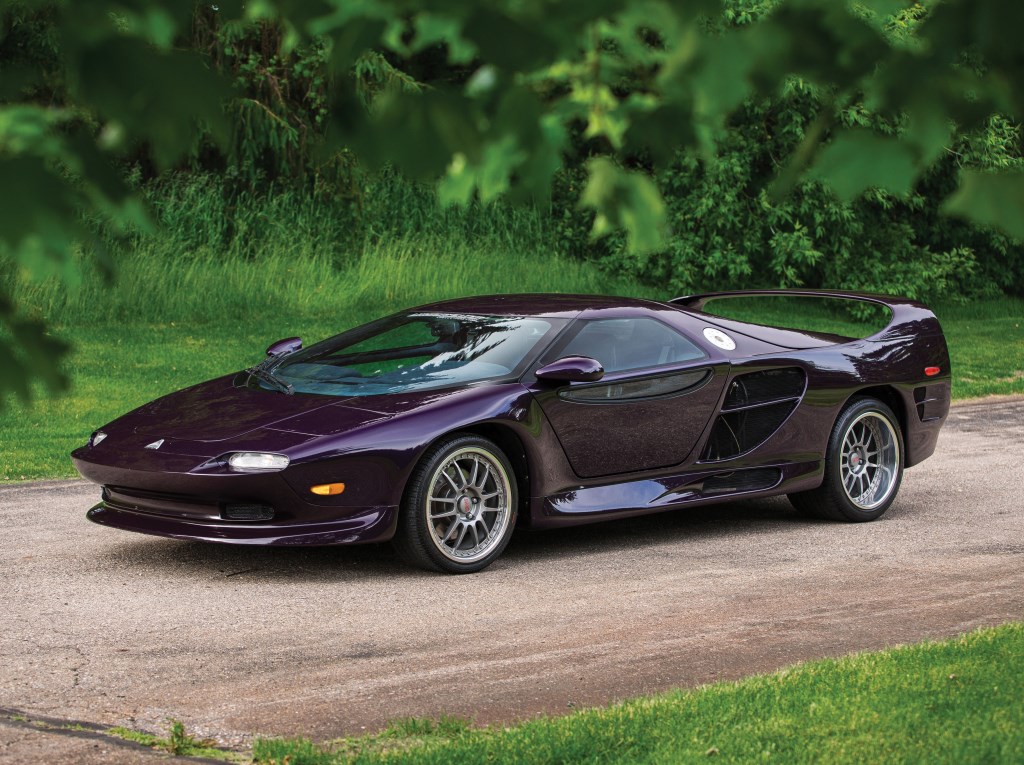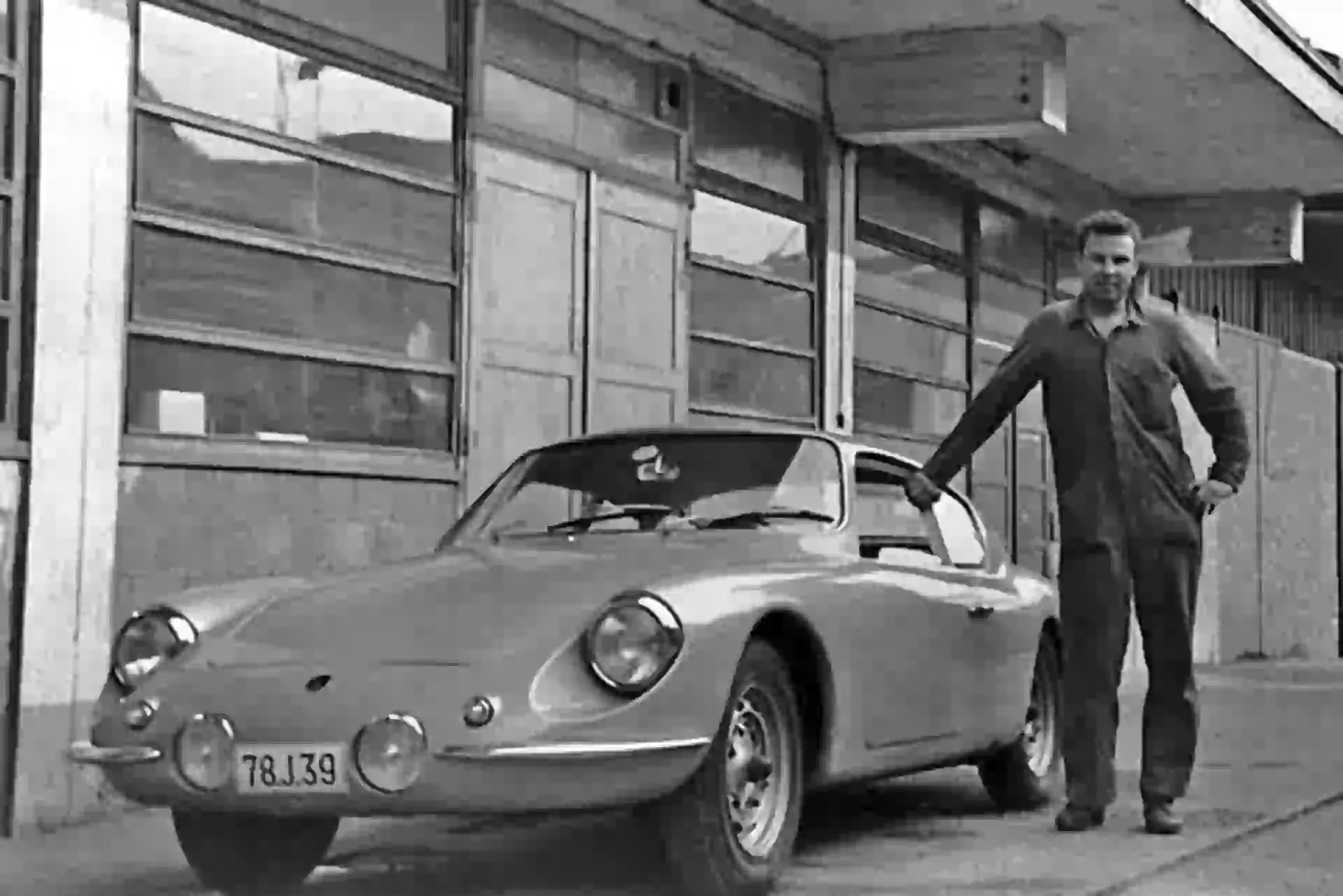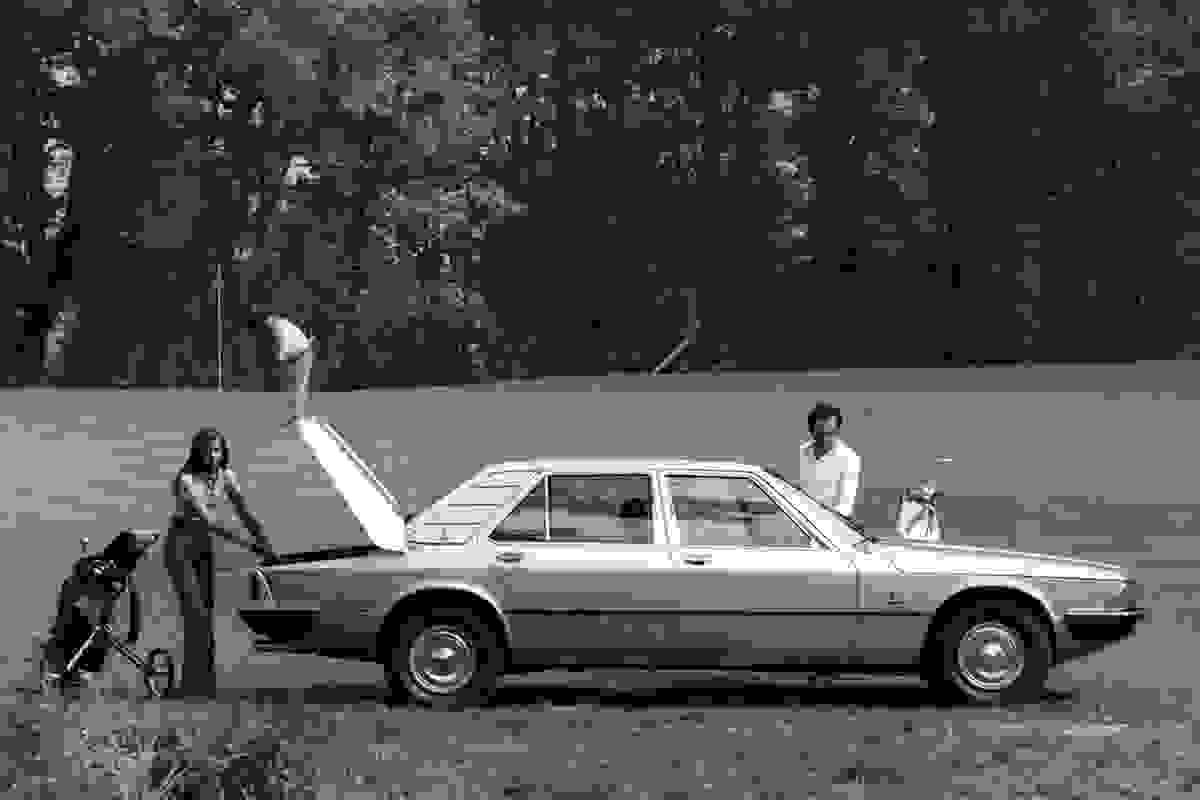
An engineer with a passion for speed, Gerald Wiegert fought for much of his life to make his Vector the fastest American car on the market.
Gerald ‘Jerry’ Wiegert had no shortage of ambition. From the early 1970s onwards, this engineer with a passion for aeronautics and cars pursued a career as a design consultant at Chrysler, Ford and General Motors. In 1971, he founded Vehicle Design Force and the following year presented a supercar concept called the Vector. With no engine, it was supposed to use a Wankel rotary block and cost less than 100,000 dollars. The project caused a sensation and was even photographed on the front page of the famous magazine Motor Trend. However, it would be several years before the car was perfected.

Very long development
In 1978, the Vector W2 (‘W’ for Wiegert and ‘2’ for the number of turbos in its engine) was finally presented. It was equipped with a 5.7-litre V8 engine from General Motors, fitted with two turbos. It produced 600 bhp and 800 Nm of torque - indecent figures for the time, as was the claimed top speed of almost 400 km/h. The car was shown at a number of trade fairs across the United States, and underwent a series of colour and appearance changes, as well as numerous mechanical improvements. According to several sources, the prototype underwent over 100,000 km of testing during its development.

Failure
It wasn't until 1989 that the production version was finally presented, changing its name to the W8. Despite a long development period, the car was disappointing in many respects: its looks were questionable, its finish very light and its price of 450,000 dollars was outrageous. Despite its 625bhp, semi-monocoque chassis and aluminium, Kevlar and carbon bodywork, it had trouble convincing buyers to put their hand in the wallet. After producing less than 20 cars, it went bankrupt.

The first end of the adventure
Weigert was not to be deterred, and in 1992 presented the Avtech WX-3, which was in fact a rebodied W8. Initially, it was offered with 3 different V8 engines, ranging in power from 600 to over 1,200 bhp, thanks to a monstrous 7.0-litre V8 with two turbos! Two coupes were built, as well as a prototype roadster. The Avtech WX-3 was exhibited at the Geneva Motor Show in 1993, but something unexpected once again put a spanner in Weigert's works. The Indonesian group Megatech made a hostile takeover of Vector Motors and he was finally sacked from his own company!

The Lamborghini period
Lamborghini owner Megatech hastily modified the WX-3 and installed a Lamborghini Diablo V12 engine in place of the V8. Production of the M12 began in 1995 at Vector's new premises in Florida. Once again, despite its great dynamic qualities, the car sold poorly and by the end of 1999, only 14 production cars had been produced. Worse still, Audi, which had become the owner of Lamborghini in the meantime, had a W8 seized following a default in payment.

Dashed hopes
In 1997, Vector changed ownership once again and passed into the hands of Tradelink International Limited, a company planning to introduce a new model: the SRV8. Based on the M12, it was once again powered by a 420bhp Chevrolet V8. Unfortunately, that's as far as the project goes. For his part, Jerry Wiegert, who recovered the Vector name following a court ruling in 1999, presented the Vector AWX-8 at the Los Angeles Motor Show in 2007. This monster is powered by a 7.8 or 10-litre V8. Wiegert, who died in 2021, was unable to realise his dream of returning to the forefront of the American motoring scene.
























